Scanning Around With Gene: Back When Smoking Was Rewarded

One of my first jobs was working at a small local pharmacy. During the week after school I’d deliver prescriptions, and on Saturdays I’d man the front counter and wait on customers. And though it was probably illegal for a 16-year-old to sell cigarettes, such rules were very loosely enforced. So I regularly dispensed packs of smokes along with the drugs and other merchandise we sold.
Several brands of cigarettes, including Raleigh and Bel Air, came with a coupon attached to each pack which, when enough were accumulated, could be redeemed for merchandise. I remember one older customer in particular who smoked Bel Airs and came in just about every Saturday to stock up. “Gotta save up those coupons,” he’d say, as if the mail-order rewards somehow justified the addiction. Click on any image for a larger version.


Of course I don’t suppose anyone actually smoked more just to get merchandise, but it was a little extra incentive to be brand loyal–a time-honored marketing strategy used by any number of companies. I myself saved up bubble-gum wrappers and cereal box tops for the prospect of some cheap trinket.


At one point Raleigh was the fourth best-selling cigarette brand, so the incentive apparently worked. As the company explained it, they spent less on advertising and passed those savings on to customers in the form of free merchandise.


The Raleigh and Bel Air catalog had a large variety of merchandise. Just to give you an idea of what these items actually cost, if you smoked two packs a day it would take you three-and-a-half years to save up for a new Corning Ware percolator, or almost five years for a set of new golf clubs.

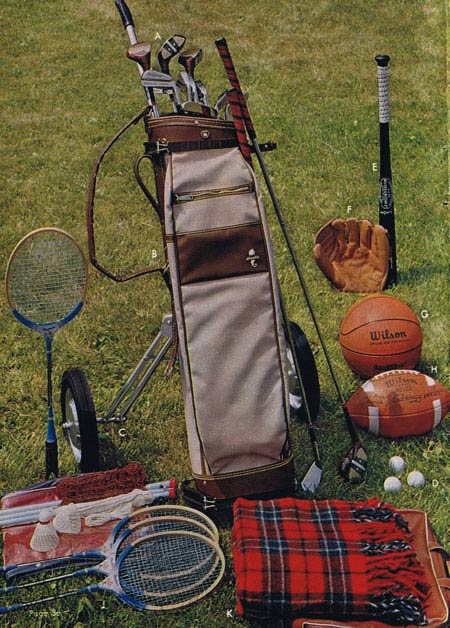
If you bought your cigarettes by the carton, you received an extra four coupons, so it paid to buy in bulk.


I suspect that, like trading stamps and other redeemable gimmicks, many people had a drawer full of Raleigh coupons that were never traded in for anything: a silent testimony to a lifetime of smoking.


My parents both smoked Camels, which were the most popular brand back then (they may still be), so we got nothing in return for their loyalty except the smell of cigarette smoke, the tinge of nicotine on the walls, and whatever health problems came from growing up with second-hand smoke.



If you preferred, you could exchange Raleigh coupons for cash at the rate of 3/4 cents per coupon. At two packs a day for a year, you’d be looking at a whopping $5.47 rebate.
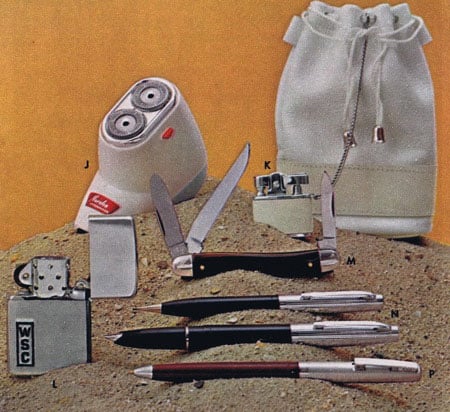

I think it’s interesting that this Raleigh catalog features a small girl in many of the pictures, and quite a few of the incentives were targeted at the younger set. I imagine many adults passed their coupons along to other family members for redemption.
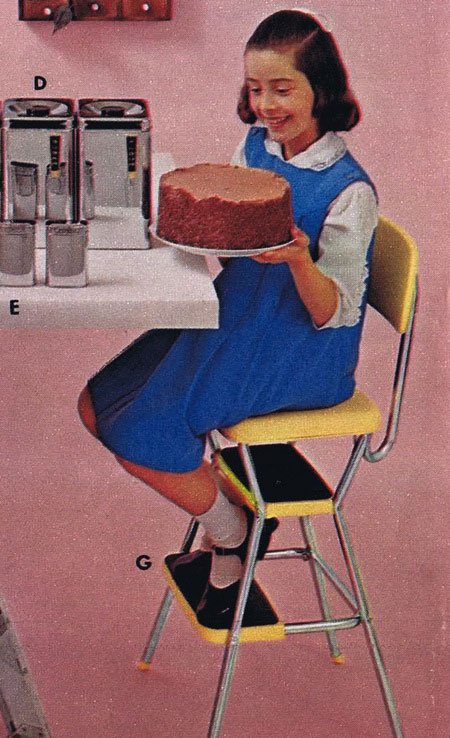
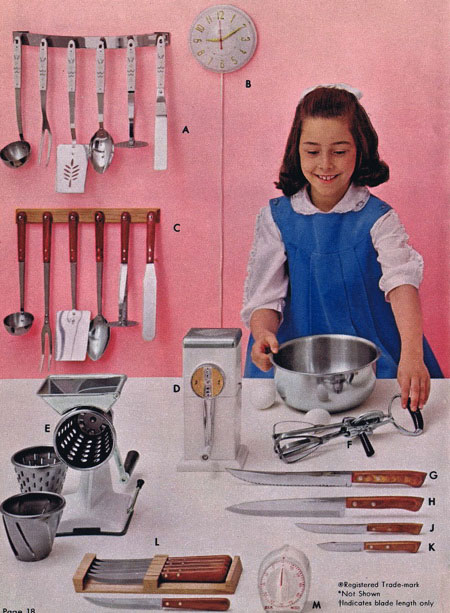
We know a lot more now about the “rewards” of smoking, and the prospect of a new lawn mower in exchange for several years of smoking seems wildly inappropriate by today’s standards.
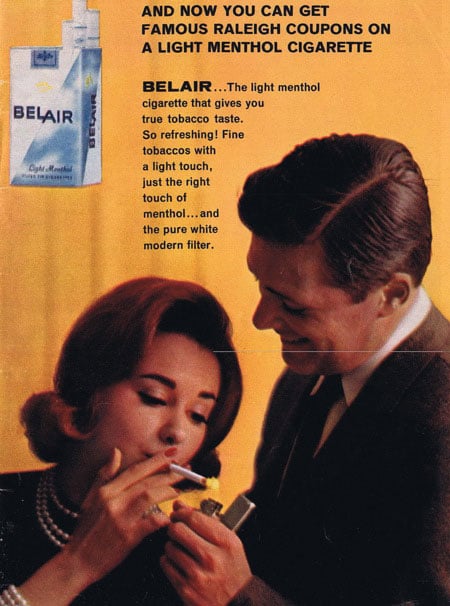

But back in 1964, cigarettes were cheap and abundant and tobacco companies were fiercely competitive. I suppose if you were going to smoke anyway, why not get a nice croquet set for your troubles?
Follow Gene on Twitter: https://twitter.com/SAWG
This article was last modified on May 15, 2023
This article was first published on May 13, 2011



